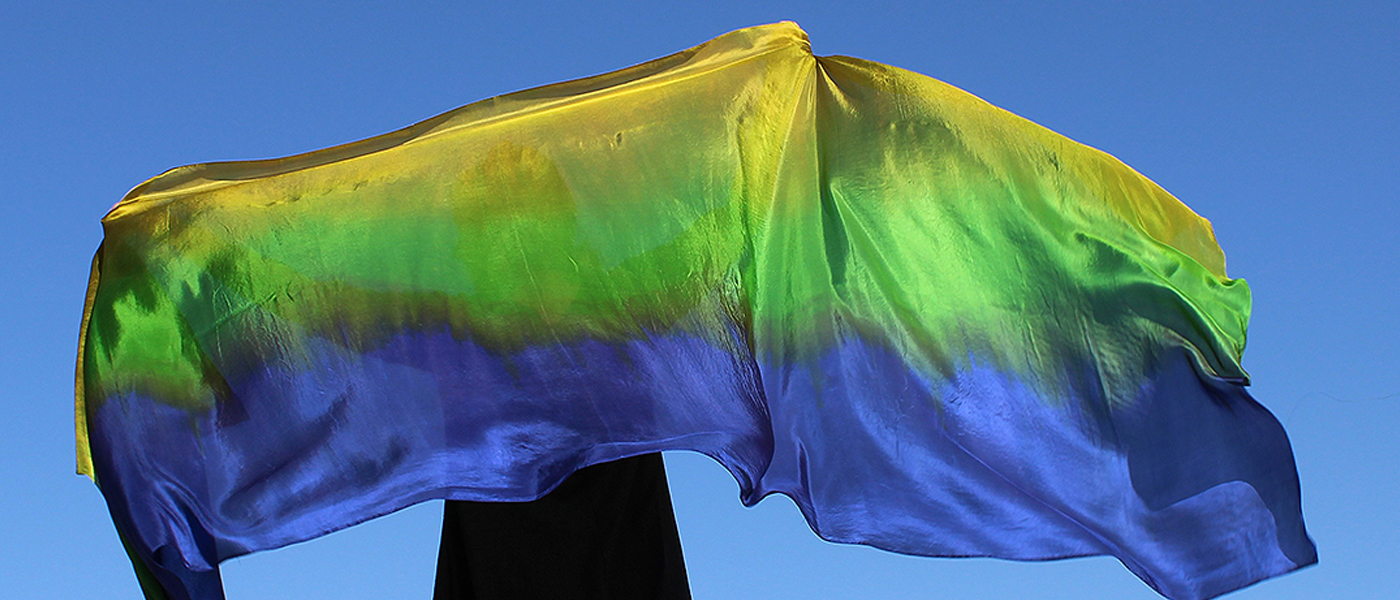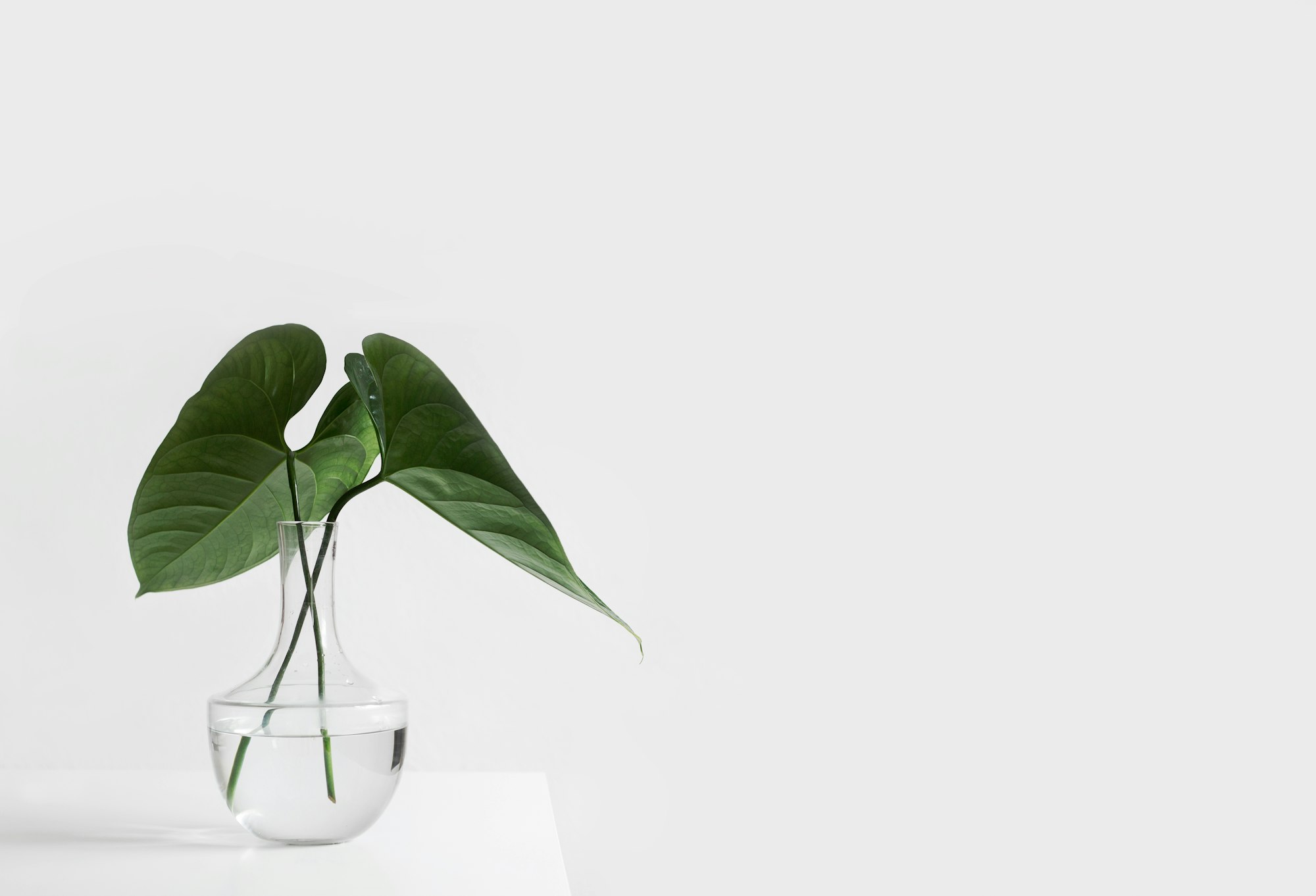Best Dance Silk Veil for Beginners
Aug 15th 2024
 When choosing a veil to dance with when you are a beginner it is important to consider what variety you can choose from, how you like to dance and your physical size.
When choosing a veil to dance with when you are a beginner it is important to consider what variety you can choose from, how you like to dance and your physical size.
There are many types of dance veils to choose from when you are looking to buy a dance veil. There are light polyester materials, silk chiffon, silk habotai, polyester chiffons with sequins and beads and heavier silk blends. They range from very cheap to very expensive and there is a reason for that.
The polyester veils are very stiff and don’t move at all well. They have a flat sheen and unless they are decorated with sequins or beads, they don’t pick up the light. They look nice and might fit well with a costume and are fine for beginners who plan to use the veil like an accessory for the belly dance like dancers who enter in a veil and toss it off as soon as the music begins.
For any dance with the veil as part of the performance it is much better to use silk because it flows and responds so beautifully and has a lustrous shimmering quality which picks up the light creating a mesmerizing accompaniment to the movement.
There are so many silks of all kinds from heavy tapestry silk to light gossamer chiffons that seem like moving air. The most popular silk for veil dance is silk habotai or China Silk. It is very fine, has a beautiful sheen and becomes softer with use. The other popular silk is chiffon because it can be almost see -through. For dancing silk habotai is the best while chiffon adds a dramatic effect to dance that is more theatrical, storytelling, or as a cover over your costume that shows the costume through the chiffon. The difference is in the fluidity of the silk. Silk habotai is fluid like water and enhances the movement of the dance. It responds instantly like an amazing dance partner and in my experience helps me to improve my dance in responding to the movement of the silk. So, when you dance silk habotai really moves with you like no other silk.
Nahari Silks started in 1999 and tried out many weights and sizes of silk. The weight of silk depends on the amount of thread they use for weaving the silk. So, finding the right weight is important for a beginner. When I was attending workshops where we danced with the veils, I noticed that beginners danced so much better when the silk was very light because it moved more slowly giving them a chance to respond more easily.
My customer’s most asked question is what size is right for me. This can depend on your physical size, your desire to master your dance and how strong you are. Professional dancers have incredible stamina and using their arms to lift and twist and turn the veil is quite intense. That is why the light silk helps beginners learn the moves without getting too tired.
If you know you want to keep learning the veil dance a 3 yd veil at 5 mm is perfect because you have more option to grow as a dancer, to really evolve the veil dance as you learn. One of the most accomplished dancers I ever met was Eva Cernik. She is tiny, about 5ft but her mastery of the veil is incredible, and I haven’t ever seen anyone create so many moves with the veil as her. She uses a 3yd veil and varies her dance in so many ways and plays with the audience touching them with the veil as she dances around. Because of her I encourage beginners to choose the 3yd veil so they can evolve and expand their vocabulary of movement. If you have a 2 yd veil which is easier and lighter, it limits the extension of the arms, and the dancer can’t be as expansive as what can be with a 3 yd veil. The general width of a veil is 45” and that is popular.
I had a customer that purchased a 35” wide and 3 yd long veil and that was perfect for her as she was under 5ft. She could still expand her arm’s, but the veil did not drag on the ground if she lowered the veil. Generally, I encourage people to dance with the 3 yd x 45” veil because the better they get the veil will not limit their movement. Some dancers like longer veils, 3.5 and 4 yds long. Photographers use them for dramatic dance photography. Dancers doing meditative movement often use them to express the whole gamut of human emotions and moods. Dancers of all styles use them in theatrical performances creating long sweeping movements. There is a huge history of using silk for performance in different cultures and dance forms. This length is best when you have a lot of space to move them freely.
For the weight many dancers like a heavier silk which is generally 8mm silk habotai. For this weight you need to have a lot of energy, have strong arms, and like to dance very fast or within a larger space. It still moves beautifully but does not give the beginner a good chance to master the moves before the veil is already moving to another place. To make it float above your head you really need to be moving a lot to create the lift it needs to stay afloat. Beginners tend more to get twisted up in the veil because it is just too fast and too heavy, but professional dancers like the heavier flow for more energetic choreography like twirling and twists.
How you like to dance is important in choosing a veil. If you have more variation of speed in your dance the lighter is better. If you are dancing quickly, the heavier 8 mm silk can enhance the drama and intensity. For slower more subtle movements the lighter silk is better. For many years I liked to see how slowly I could move and still have the veil float and be suspended in the air. This gave the dance a more tranquil, meditative quality, more ethereal and softer.
Like musical instruments each veil has its quality and molds itself to your dance over time. The most intriguing thing that brings a real magic to the dance is how people relate to the veil. I had a friend who was a tall Englishman, computer consultant, seemingly very uncoordinated and nerdy. Not your average veil dancer but when he danced with the veil, he expressed so much love for the silk and the movement it made his dance transcendent. He always treated the silk with enormous care. His dance was simple but filled with a deep connection.
The cost of a veil varies because of the coloring, whether it is factory-made hand-dyed, hand sewn, machine sewn. Hemmed on all sides or on just two sides, whether it is an original art piece crafted by a silk painter, or dyer or a printed silk. The artistry that goes into some veils is an amazing amount of skill, talent, and effort in comparison to a factory-made veil. It all depends on what you can afford and how serious you are as a dancer. It is a beautiful world to explore. For myself the hand dyed pieces I do are an artistic expression exploring the blending of colors and tones and their intensities.
If you can explore the options with the materials, the size, the weight this can be very interesting and give you a lot of good information about how you want to dance. If you don’t have the option begin with a lightweight silk habotai veil that gives you the chance to grow as a dancer. And then you may develop and become so immersed in the dance the veils become like collector’s pieces along with the costuming. As always, enjoy the process and play.

